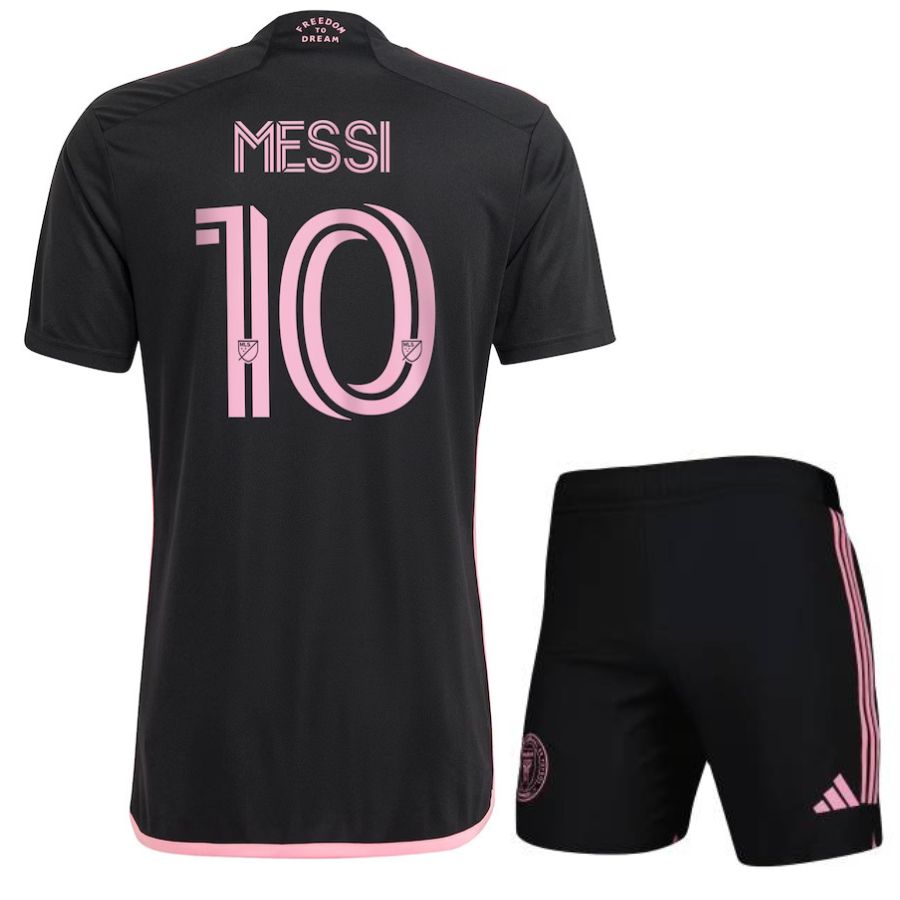Football, one many of the most played sports in the world It has also adapted with respect to gameplay as well as tactics and fan involvement as well as in the realm in terms of clothing for football. A change in soccer kits that range from simple woolen shirts to modern-day, high-tech performance gear, mirrors the sport's development and growing global influence. No matter if you're a lover of older clubs or more modern ones like Inter Miami, soccer attire is an essential aspect of the football experience Every season brings about a new chapter in the history of kit.

The Early Days: Simple Designs and Heavy Materials
In the early days of football, players would wear basic woolen jerseys, typically in the team's chosen colors of the day, with little consideration for comfort or modern technology. The jerseys were heavy and abrasive, which might create significant discomfort during matches particularly during hot weather. These jerseys had no brand names or logos that were modern and the design was minimalist. Soccer uniforms during the 18th to early 20th century were usually made of fabrics like wool. These materials, although durable, were not easy to breathe or lightweight.
The most recognizable characteristic of football kits from this era was their simplicity--teams made use of plain designs with minimal adornment. Kit Inter Miami for example even though it's a younger club is reminiscent of earlier kits, and focuses on simple elegance and fashion even though they are a modern team.

The 1960s-1970s: Introduction of Synthetic Materials
By the 1970s and 1960s, football uniforms began to evolve as a result of the introduction the use of synthetic fabrics. Polyester was a popular choice, offering a much less breathable and lighter alternative to wool. The football kit's design also began to reflect more modern tastes by introducing logos for teams and numbering on the kits. In the same era was the introduction of sponsors' logos however, they were still relatively modest relative to today's kits.
This was the period that saw the emergence of football kits that were more than only practical but also fashionable. When the 70 World Cup, for example showed the renowned Brazilian blue kit, which became a symbol of soccer's excellence and global recognition. The design innovations in the 1970s laid the foundation to make future modifications, which made football kits a element of the sport's identity.

The 1980s-1990s: Commercialization and Bold Designs
In the 1990s and 1980s, football uniforms became increasingly commercialized. The sponsor logos were becoming larger and bigger, and teams began to experiment with more bold designs. This era also saw the introduction of short-sleeved shirts becoming the norm. Long-sleeve shirts were still worn for winter games. Football shorts became shorter and more fitted as they matched the streamlined appearance to the kits.
The 1990s also witnessed the introduction of visually striking kits that featured bright patterns, geometric colors, and daring new designs. Famous kits like Manchester United's 90s uniform or AC Milan's black-and-red striped jerseys were able to attract a lot of interest. In the same period that was happening, the official sponsor started taking up larger positions on tops of the shirts, creating kits that looked more than billboards instead of traditional team uniforms.
At this point, teams such as Inter Milan (whose kits are a visual reflection of Italy's rich football history) started incorporating more innovative designs, Shirt Inter Miami 2024 2025 mixing traditional colors against modern. At the time of the late 1990s football kits had become almost the same to fans as the players themselves, and thereby establishing the identity of the club on and off the field.
The 2000s: Technological Innovation and Performance
As football became more globalized in the early 21st century, kit manufacturers began to focus heavily on performance-enhancing technology. The first decade of 2000 saw the advent of lighter and more moisture-wicking fabric like Adidas' ClimaCool or Nike's Dri-FIT technology which made it easier for players to stay comfortable and dry in the hottest games.
The shirt designs also became more refined featuring subtle patterns and more streamlined cuts. The kits for players were not only functional, but additionally cutting-edge, with vents, stretchable fabrics and fitted to the individual. Sponsorships continued to grow in importance, with companies like Nike, Adidas, and Puma taking the lead pack in kit manufacturing, shaping the design trends for teams of football around the world.
It was also during this time where major clubs such ones like Barcelona and Real Madrid, were beginning to invest significantly in their brand identity with kits that reflected their modern and polished appearance.
The 2020s: Sustainability, Personalization, and Bold Statements
The most recent evolution of football uniforms has been focused on sustainability, personalization and designing kits which are bold on and off the pitch. This year's 2020s have seen a growing demand for eco-friendly products and many teams are shifting to reused fabrics and environmentally sustainable manufacturing methods. This trend is in line increasing emphasis in the world on sustainability as fans, players, and clubs all try to reduce their environmental impact.
Regarding design in terms of design, the year 2020 has seen the rise of more customized kits. Fans are now able to include their name and number on their jerseys, creating